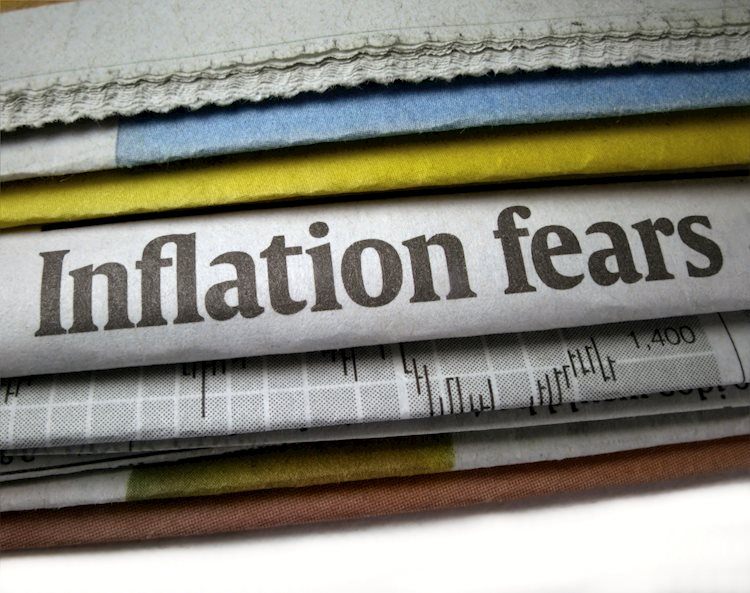[ad_1]
US PCE Price Index Overview
Friday’s US economic docket highlights the release of the Personal Consumption Expenditure (PCE) Price Index, scheduled later during the early North American session at 13:30 GMT. The gauge is foreseen to rise by 0.3% in November, matching the previous month’s reading. The yearly rate is anticipated to have decelerated to 5.3% from 6% in October. Meanwhile, the Core PCE Price Index – the Fed’s preferred inflation measure – likely eased to a 4.7% YoY rate in November from the 5% previous.
Analysts at TD Securities (TDS) offer a brief preview of the report and write: “We are looking for core PCE prices to have advanced at a consensus-matching 0.2% m/m pace for a second consecutive month in November (also matching the core CPI data). The y/y rate likely fell to 4.6% from 5.0% in October, suggesting prices continue to moderate but remain sticky at elevated levels.”
How Could it Affect EUR/USD?
Ahead of the key release, a recovery in the global risk sentiment prompts some selling around the safe-haven US Dollar and assists the EUR/USD pair to regain some positive traction. A softer inflation data could lift bets for a less aggressive policy tightening by the Fed. This should further boost investors’ appetite for riskier assets and exerts additional downward pressure on the greenback.
Conversely, stronger PCE data might fuel speculations that the Fed will stick to its ultra-hawkish policy stance and push the US Treasury bond yields. This will be enough to trigger a fresh bout of a short-covering move around the US Dollar and attract aggressive selling around the EUR/USD pair. Nevertheless, the data is likely to infuse some volatility and provide meaningful impetus.
Eren Sengezer, Editor at FXStreet, outlines important technical levels to trade the EUR/USD pair: “The pair faces strong support at around 1.0580, where the Fibonacci 23.6% retracement of the latest uptrend and the 100-period Simple Moving Average (SMA) on the four-hour chart align. Below that level, 1.0530 (Fibonacci 38.2% retracement) could be seen as the next support before 1.0500.”
“On the upside, the pair could target 1.0680 (end-point of uptrend) and 1.0700 (psychological level) could be tested once EUR/USD rises above 1.0620 (20-period SMA, 50-period SMA) and confirms it as support,” Eren adds further.
Key Notes
• Pre-Christmas US Data Preview: Core PCE and Durable Goods may extend US Dollar retreat
• EUR/USD Forecast: Euro could test upper limit of weekly range after US data
• EUR/USD sticks to gains above 1.0600, lacks bullish conviction ahead of US PCE data
About the US PCE Price Index
The Personal Spending released by the Bureau of Economic Analysis, Department of Commerce is an indicator that measures the total expenditure by individuals. The level of spending can be used as an indicator of consumer optimism. It is also considered as a measure of economic growth: While Personal spending stimulates inflationary pressures, it could lead to raise interest rates. A high reading is positive (or Bullish) for the USD.
[ad_2]
Source link


